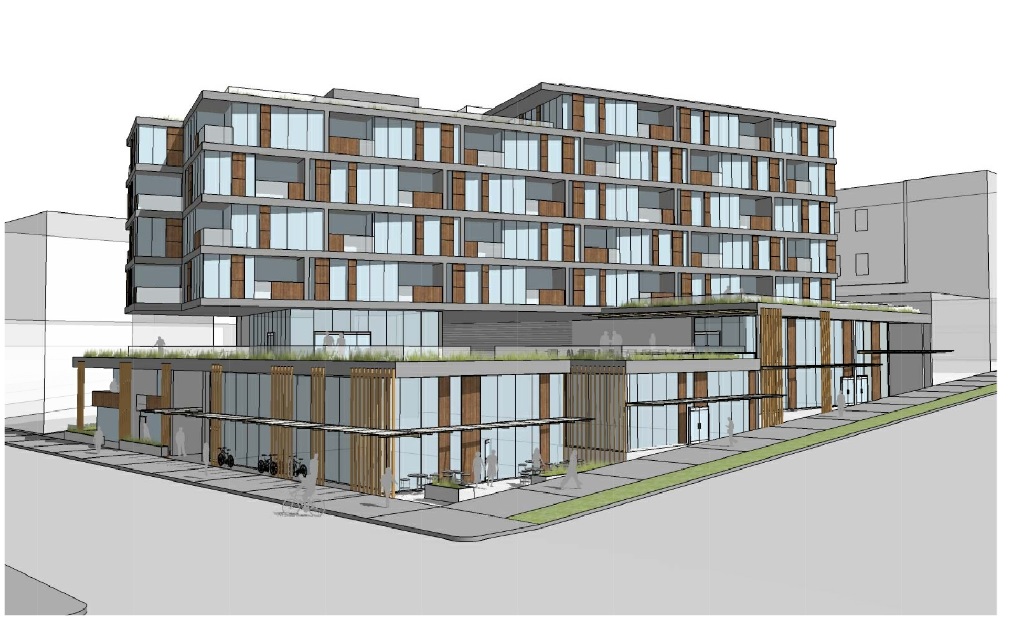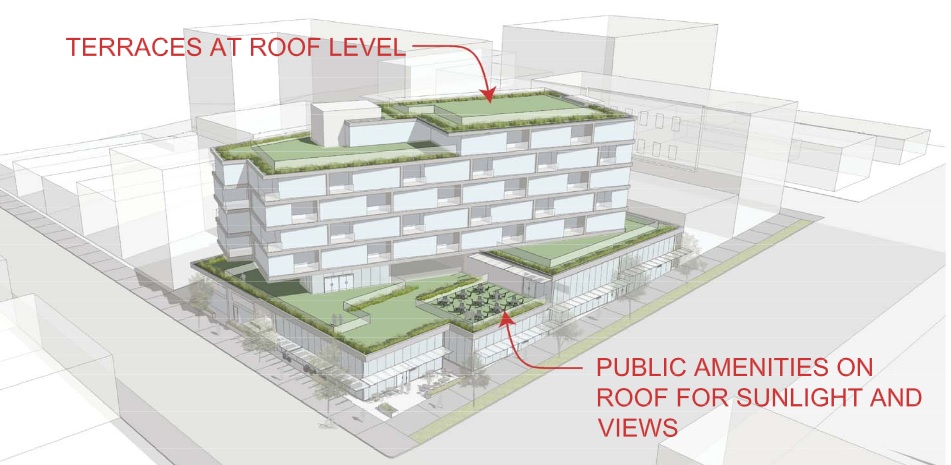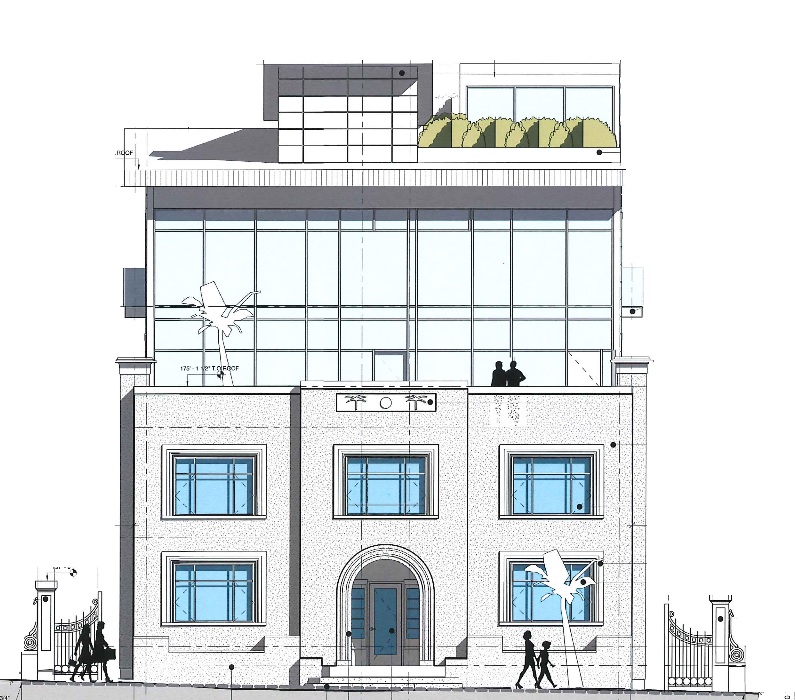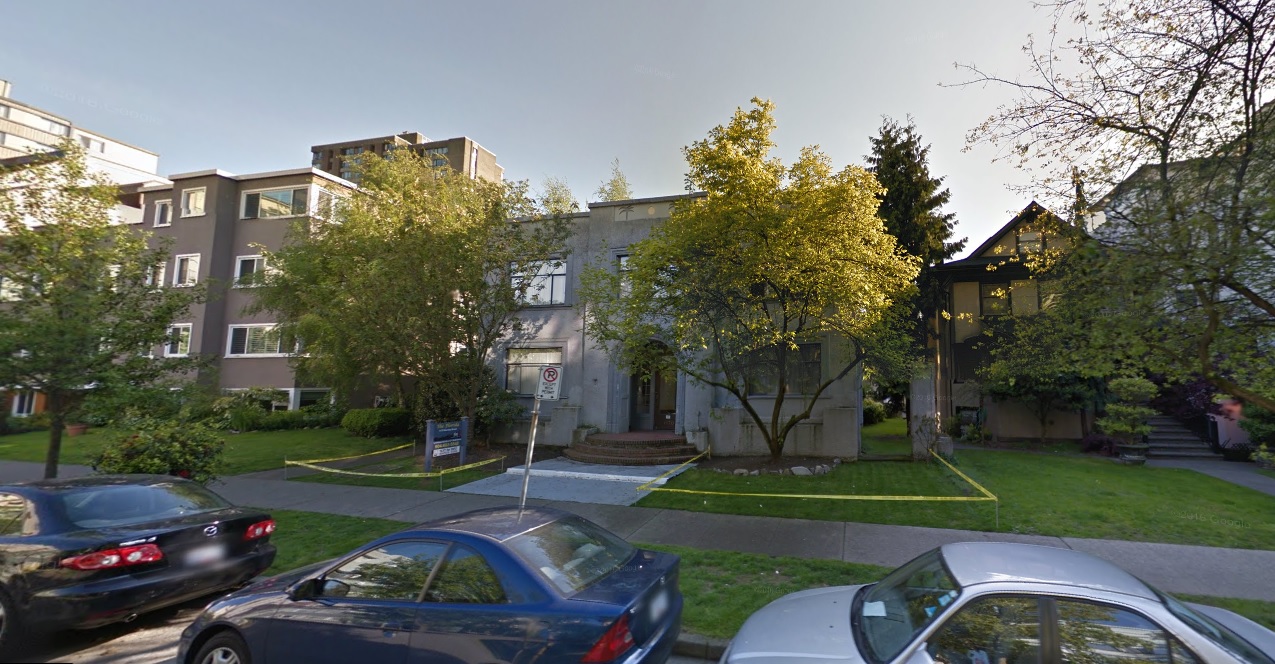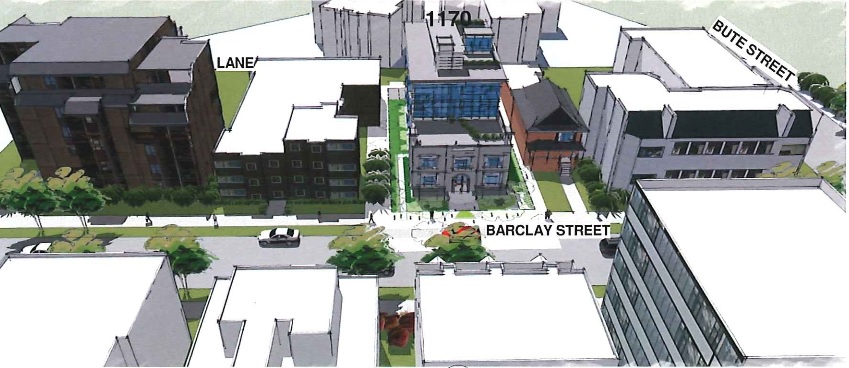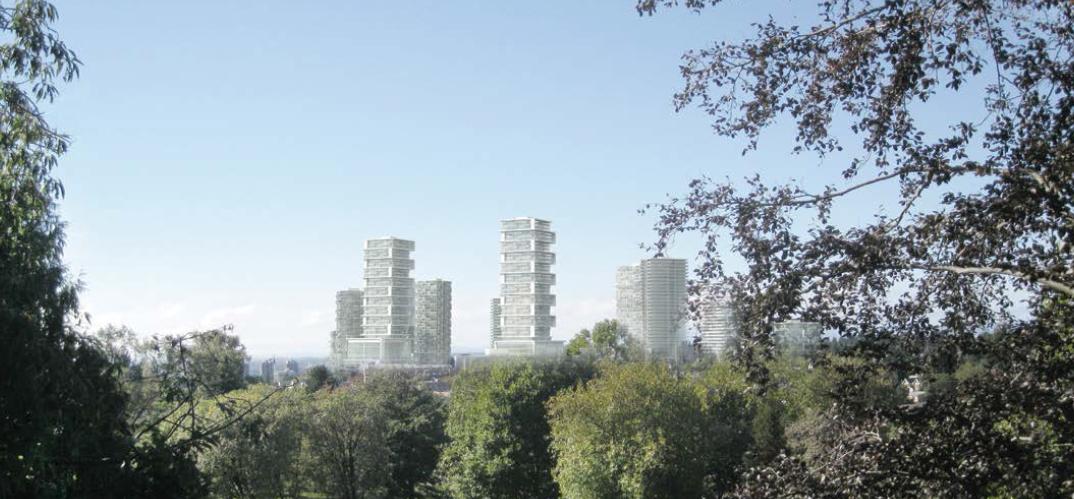Chard Development has submitted a rezoning application for a site it owns at Main & East 5th Avenue in Mount Pleasant.
The proposal for the 23,261 SF site is to rezone from the current IC-2 zoning to CD-1 under the Mount Pleasant Community Plan. The proposal consists of a 6-storey mixed-use building over three levels of underground parking and includes:
- A total of 51 market residential units
- 20 One-bedrooms, 27 two-bedrooms & 4 three bedrooms
- A floor area of 69,783 SF;
- Commercial uses on ground floor including a restaurant
- A total density of 3.0 FSR
- A building height of 6-storeys and 78 ft.;
- 68 commercial parking stalls and 54 residential parking stalls; and
- 82 bicycle stalls.
The architect for the proposed project is Proscenium Architecture Inc.
Chard has recently had success in the sales of their Ellsworth project just two blocks South at Main & 7th. The project’s 89 units are nearly sold out.


